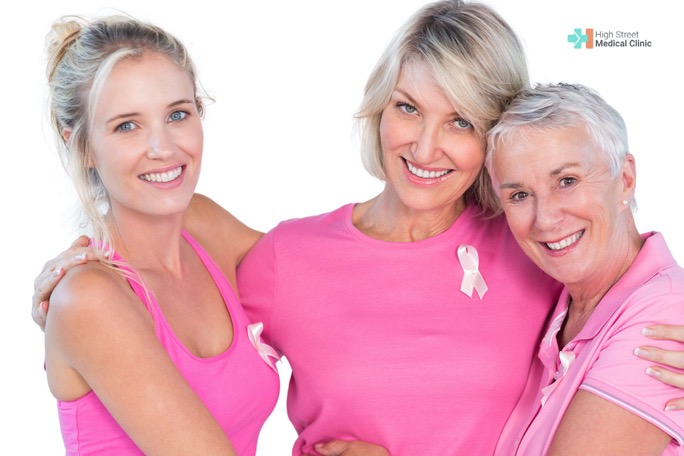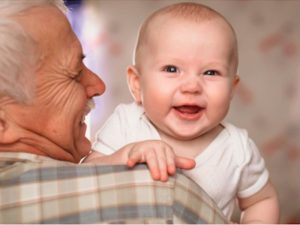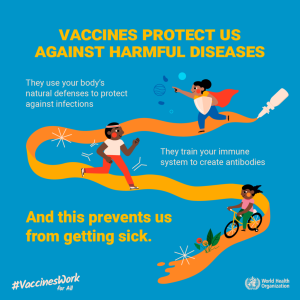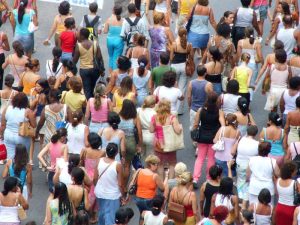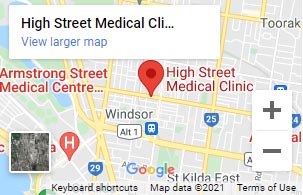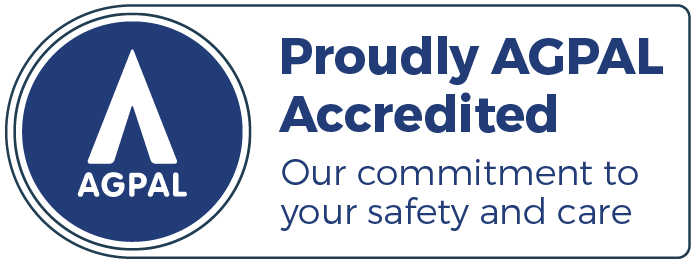October is Breast Cancer Awareness Month, and at High Street Medical Clinic, we’re serious about breast cancer. The month is a perfect time to remind all women that breast cancer can be successfully treated, if it is detected early.
Read on to learn how breast cancer can be detected and read about how you can be more ‘breast aware’.
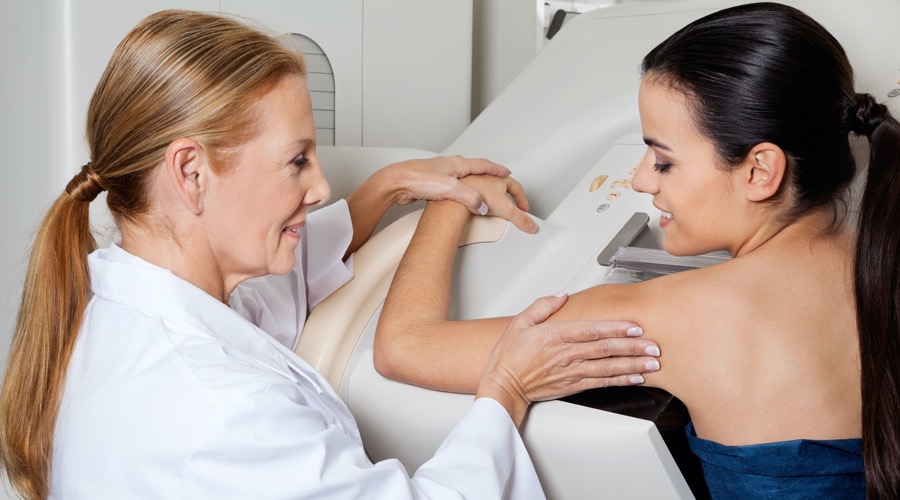
1) Regular mammograms can reduce the risk of breast cancer death by 25%
According to the Cancer Council, a regular breast cancer check such as a mammogram can reduce the risk of death by 25%. The benefits are especially higher for women aged between 50 to 69.
Moreover, most breast cancers are often diagnosed post-menopause, with 79% of new cases occurring in women over 50. Considering that increasing age is one of the most decisive risk factors for breast cancer, a regular mammogram is essential once you hit 50.
Interesting Fact
“During the lockdown of April 2020, 98% of breast screening appointments were delayed or cancelled” – ncbf.org.au
2) The power is literally in your hands
It is important to realise that you don’t have to be an expert to familiarise yourself with your breasts. The power is literally in your hands when it comes to doing a self-check for breast cancer.
All you have to do is, perform a self-examination whenever you can. The idea is to be aware of the look and feel of your breasts. There are chances you’ll talk to your doctors as soon as you notice any changes or something concerning.
The 4 steps of a breast cancer self-exam
Click the arrows to see what’s next..
3) Screenings aren’t a one size fits all solution
What if you’re in a unique situation? For example, what if you need to perform a breast cancer screening when you’re pregnant? There are several screening methods, and only a doctor can tell you which one suits you better.
For example, there are several breast cancer screenings available in Australia; a CBE (Clinical Breast Exam), mammograms, and a Breast MRI.
In case you’re pregnant, doctors will most likely recommend a CBE method because the radiation from a mammogram may harm the fetus’s health.
So, depending on your individual risk factors, your suitable screening method will be determined. The best practice is to consult a doctor and ask for guidance.
4) 40 is the new 50 for breast cancer screening
At the age of 40, it is recommended to start getting screenings regularly. Many international organisations recommend starting annual screening mammograms at the age of 40. If you’re at a higher risk for breast cancer, consider starting screenings at an even younger age.
Risk factors such as age, family history, and gender are something out of your control. And although about 5% to 10% of women develop breast cancer due to genetics, someone with a first-degree relative with breast cancer has a much higher chance of getting the disease.
Which is why it’s a good idea to start screening before your 50s.
Have you noticed anything concerning your breast health?
While most times changes in your breast health won’t necessarily mean you have breast cancer, being proactive is a good thing. And with breast cancer being treatable if it is detected early, it is better to be safe than sorry.
If unsure, schedule an appointment with a doctor, and we’ll ensure you get the best help.

